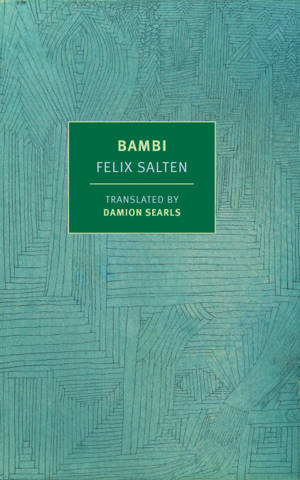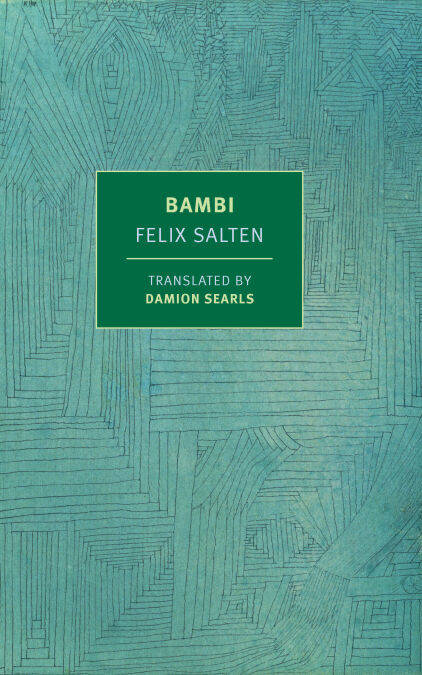
Je cadeautjes zeker op tijd in huis hebben voor de feestdagen? Kom langs in onze winkels en vind het perfecte geschenk!
- Afhalen na 1 uur in een winkel met voorraad
- Gratis thuislevering in België vanaf € 30
- Ruim aanbod met 7 miljoen producten
Je cadeautjes zeker op tijd in huis hebben voor de feestdagen? Kom langs in onze winkels en vind het perfecte geschenk!
- Afhalen na 1 uur in een winkel met voorraad
- Gratis thuislevering in België vanaf € 30
- Ruim aanbod met 7 miljoen producten
Zoeken
Omschrijving
Newly retranslated, this elemental novel about danger, loss, and coming of age in the natural world was the source material for the classic Disney animated film.
Bambi first came out in Vienna a hundred years ago, the work of Felix Salten, a Viennese litterateur, journalist, and man about town, and was an immediate success with readers. An English translation soon appeared with an introduction by the Nobel Prize winner John Galsworthy and was widely and well reviewed. Later Walt Disney made his famous movie of the book, and as a consequence Salten’s intimate, delicate, poetic, and gripping tale of forest life, a book that captures both the calm and the disquiet of the animal world, has come to be thought of as a children’s book. Bambi is certainly a book that children can enjoy, but it is also a moving and lasting contribution to the literature of the natural world. In Damion Searls’s new translation the fawn Bambi and his mother, the groves and thickets of the forest, the open and dangerous space of the great field, the ever-present threat of the human—the whole intricate weave of life and death that Salten handles so deftly—all come alive for a new generation of readers. Paul Reitter’s afterword discusses the surprising political readings to which Salten’s fable of the woods was subjected.
Bambi first came out in Vienna a hundred years ago, the work of Felix Salten, a Viennese litterateur, journalist, and man about town, and was an immediate success with readers. An English translation soon appeared with an introduction by the Nobel Prize winner John Galsworthy and was widely and well reviewed. Later Walt Disney made his famous movie of the book, and as a consequence Salten’s intimate, delicate, poetic, and gripping tale of forest life, a book that captures both the calm and the disquiet of the animal world, has come to be thought of as a children’s book. Bambi is certainly a book that children can enjoy, but it is also a moving and lasting contribution to the literature of the natural world. In Damion Searls’s new translation the fawn Bambi and his mother, the groves and thickets of the forest, the open and dangerous space of the great field, the ever-present threat of the human—the whole intricate weave of life and death that Salten handles so deftly—all come alive for a new generation of readers. Paul Reitter’s afterword discusses the surprising political readings to which Salten’s fable of the woods was subjected.
Specificaties
Betrokkenen
- Auteur(s):
- Vertaler(s):
- Uitgeverij:
Inhoud
- Aantal bladzijden:
- 152
- Taal:
- Engels
Eigenschappen
- Productcode (EAN):
- 9781681376325
- Verschijningsdatum:
- 19/09/2022
- Uitvoering:
- E-book
- Beveiligd met:
- Adobe DRM
- Formaat:
- ePub

Alleen bij Standaard Boekhandel
+ 16 punten op je klantenkaart van Standaard Boekhandel
Beoordelingen
We publiceren alleen reviews die voldoen aan de voorwaarden voor reviews. Bekijk onze voorwaarden voor reviews.









